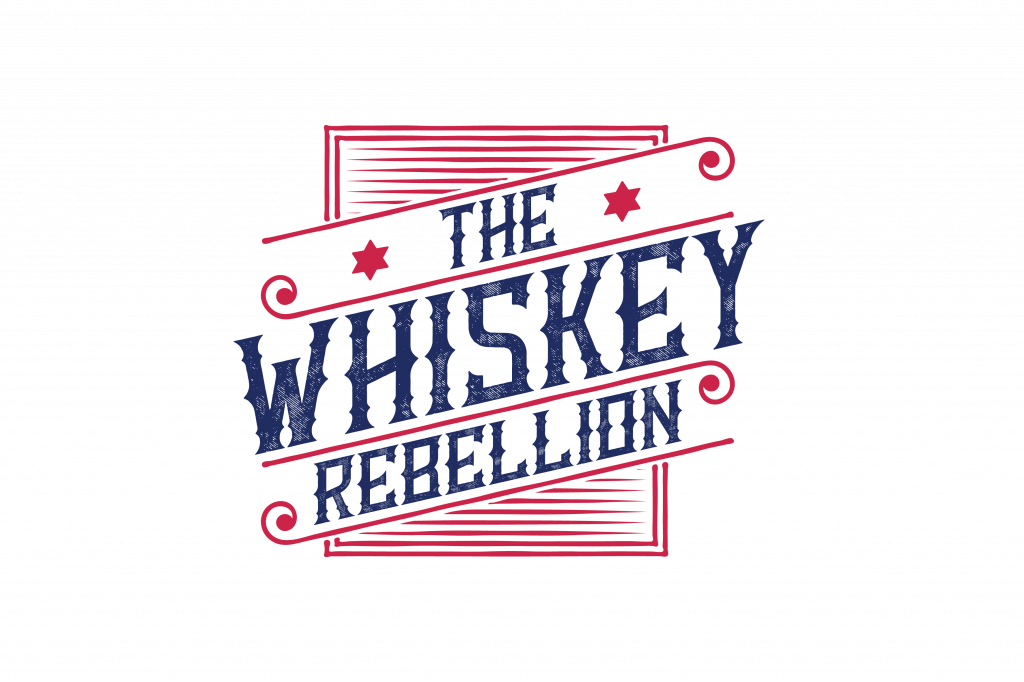
Whiskey Rebellion
PCN commemorated the 230th anniversary of the Whiskey Rebellion with featured episodes of, It's History!, PA Books, Battlefield Pennsylvania, and Keystone Cuisine to explore the role Pennsylvania had in leading the rebellion.
Stream PCN's Whiskey Rebellion featured programs On Demand with PCN Select.
About the Whiskey Rebellion
In 1791, Congress passed the Excise Whiskey Taxin order to help pay off debt incurred during the Revolutionary War. Frontiersmen, including many farmers and small distillers in western Pennsylvania, converted their grain into whiskey and used it as currency. Whiskey was easier to transport and less perishable than grain. Small distillers considered the tax to be unfair, giving a tax break to larger eastern distillers who could pay a lower tax and sell their product for more, paying less tax per gallon than western producers. Farmers cited for failing to pay the tax had to appear in federal court in the national capital in Philadelphia.
As early as 1791, violent protects resulted in tax collectors being tarred and feathered. Federal officials were attacked and their homes burned. To quash the rebellion, in 1794 President George Washington rode to Carlisle to inspect militia mustering there. He marched with them to Bedford, leaving the column for Fort Cumberland to inspect the southern group of soldiers. The troops marched west under the leadership of Virginia Governor Henry “Lighthorse Harry” Lee and Treasury Secretary Alexander Hamilton. They rode to Pittsburgh to quell the rebellion. The western Pennsylvania rebellion ended when federal troops approached. Several rebellion leaders were brought to trial, two were convicted, and later pardoned by President Washington. It was the only time a sitting commander in chief lead troops in the field while in office.
 David Bradford House, It's History!
David Bradford House, It's History!  Jean Bonnet Tavern, Keystone Cuisine
Jean Bonnet Tavern, Keystone Cuisine Oliver Miller Homestead, It's History!
Oliver Miller Homestead, It's History!  Whiskey Rebellion in Carlisle, It's History!
Whiskey Rebellion in Carlisle, It's History!  The Whiskey Rebellion 07/15/19
The Whiskey Rebellion 07/15/19 Whiskey Rebellion, Battlefield PA
Whiskey Rebellion, Battlefield PA The Whiskey Rebellion, PA Books
The Whiskey Rebellion, PA Books Whiskey Rebellion: George Washington, Alexander Hamilton, and the Frontier Rebels Who Challenged Americas Newfound Sovereignty; The - PA Books
Whiskey Rebellion: George Washington, Alexander Hamilton, and the Frontier Rebels Who Challenged Americas Newfound Sovereignty; The - PA Books The Whiskey Rebellion & The Rebirth of Rye: A Pittsburgh Story, PA Books
The Whiskey Rebellion & The Rebirth of Rye: A Pittsburgh Story, PA Books  Whiskey Rebellion Festival
Whiskey Rebellion Festival